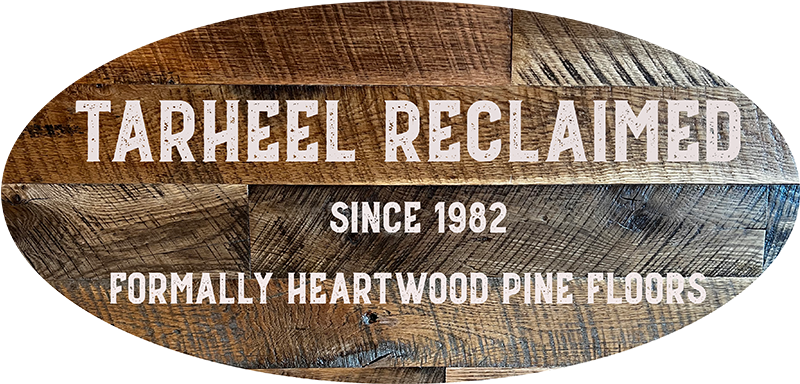Historic buildings along the East Coast hold treasures within their walls - reclaimed heartpine floor in East Coast states represents centuries of American architectural heritage. These floors tell stories through their distinctive grain patterns and rich coloring.
Historical Significance
Reclaimed heartpine floor in East Coast states comes primarily from industrial and commercial buildings built between 1800 and 1900. These floors survived decades of use, developing unique characteristics that modern flooring cannot replicate. Each board carries marks of its previous life, creating distinctive patterns that enhance modern spaces.
Distinctive Features
The dense grain patterns of reclaimed heartpine floor in East Coast states result from trees that grew slowly over hundreds of years. Modern pine lacks this tight grain structure, making historical heartpine particularly valuable. The wood displays rich amber tones that deepen with age, ranging from golden honey to deep burgundy hues.
Integration with Modern Design
Modern spaces benefit from the warmth of reclaimed heartpine floor in East Coast states while maintaining contemporary appeal. These floors work especially well in open-concept designs, where their continuous pattern creates visual flow. Their natural variations complement both minimalist and maximalist design approaches.
Maintenance Considerations
Unlike newer materials, reclaimed heartpine floors require specific care methods. Regular cleaning with appropriate wood cleaners prevents damage while preserving patina. Consider applying protective coatings that enhance natural colors without masking character marks.
Environmental Impact
Choosing reclaimed heartpine floor in East Coast states supports environmental conservation. These materials reduce demand for new timber while preserving historical resources. Each board recycled means less waste in landfills and fewer trees harvested.
Color Coordination
Natural heartpine tones pair well with various color schemes. Blues and greens create coastal vibes, while earth tones enhance rustic appeal. Consider wall colors that complement rather than compete with the floor's natural warmth.
Furniture Selection
Choose furniture that complements these historic floors. Raised pieces showcase floor patterns while protecting the wood. Mix contemporary and antique pieces to create balanced, interesting spaces.
Lighting Effects
Natural and artificial lighting affects how heartpine appears throughout the day. Position lighting to highlight grain patterns and color variations. Consider how seasonal light changes impact floor appearance when planning room layouts.
Installation Patterns
Different installation patterns create distinct visual effects. Traditional straight layouts emphasize length, while herringbone patterns add sophistication. Consider room size and shape when selecting installation patterns.
Reclaimed heartpine floor in East Coast states adds unique character to modern spaces while preserving architectural history. Understanding their characteristics helps create designs that honor their heritage while meeting contemporary needs.

